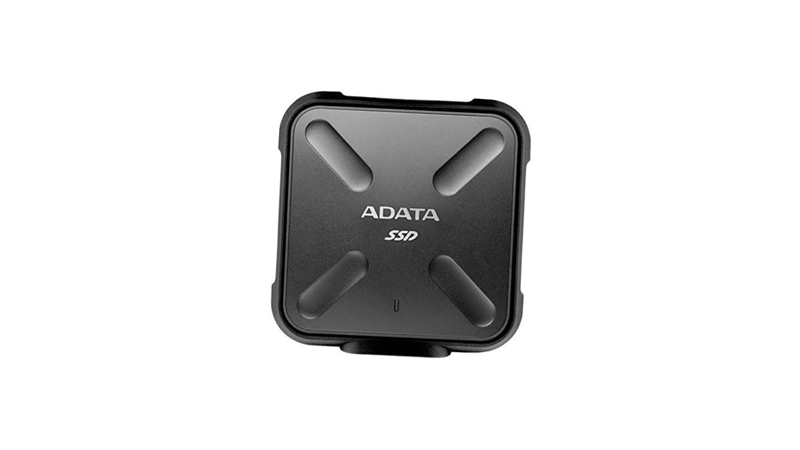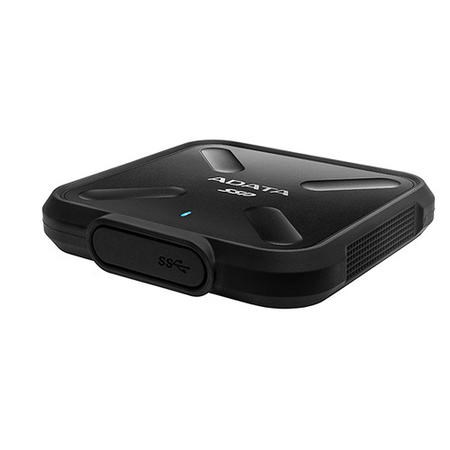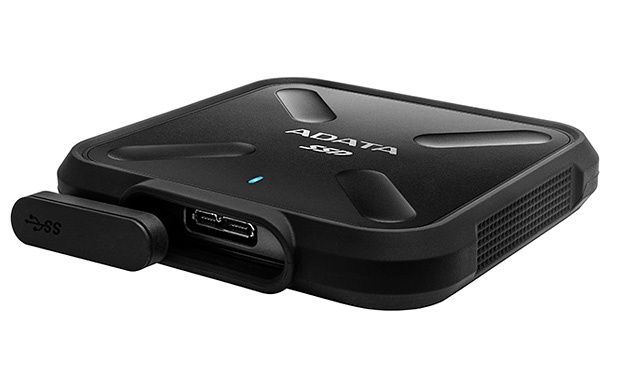 A Solid Performance From The ADATA SSD SD700
A Solid Performance From The ADATA SSD SD700
 Here Wildfoot Travel’s Dave Cheetham reviews the latest in portable storge devices, an external solid state drive.
Here Wildfoot Travel’s Dave Cheetham reviews the latest in portable storge devices, an external solid state drive.
With travel and wildlife photography firmly in mind, Dave took this pocket-rocket for a test drive. Find out how it stood up to the test.
An external drive is a great addition to your travel and wildlife kit. It allows you more memory space to store and back up your shots. Recently, I set out to purchase a new external drive. After a fair bit of research I settled on the ADATA 512GB SSD. Here’s what I made of it.
As a guy who’s spent a lifetime using a computer to store and manipulate photographs, I have had my share of painful hard drive failures. When it comes to taking backups, I have learned the hardest way possible.

Several of those disasters lead me to be aware that hard disk drives are always vulnerable to failure. Their moving parts are vulnerable to damage by bumps, knocks, shakes, temperature changes, power surges, magnetic fields …. and the list goes on.
So the idea of investing in a SDD (solid state drive) which uses flash memory, with no moving parts, was very appealing indeed. Even though an SSD comes with a larger price tag than an HDD (hard disk drive), the added dependability is very reassuring.
At around £130 the ADATA SSD is pretty good value for the storage space it allows. On arrival, it was smaller and lighter than I expected. Slightly smaller than a beer matt and no taller than 4 or 5 of the same beer matts in a pile.
I was equally encouraged by its featherweight feel too. Described as ‘military grade shockproof’, the device is also very similar in weight to 4 or 5 of those trusty beer matts.
The rubber bumper that surrounds this drive offers a reassuringly rugged feel whilst also anchoring it down nicely, reducing slide or slippage on whatever surface you are working. The lead provided is chunky but short, so you don’t have to put up with yards of ungainly cable dangling around your feet whilst you work. The socket for the lead also has a neat, snug-fitting rubber cap too, sealing it up from the perils of dust, sand or unidentified travel-bag-debris whilst it is unplugged or in transit.
The drive looks and feels great. It is small, light and tough, making it ideal for travelling. But how did it perform in a real test?
Editing several large pieces of DSLR footage was this drive’s ideal first test, and one which I am delighted to say the ADATA drive passed with distinction.
The initial set up was as easy as plug-and-play. Once plugged in to an empty USB port, it loaded every clip with lightning-fast efficiency and never once faltered during several hours of intense, memory-demanding video editing. Since then it has swallowed up whatever shots or footage I have thrown at it with unflinching electronic composure.
Today, I am still delighted with this external drive, cheerfully tossing it in my photography bag with a new-found reckless-confidence each time I head out of the door. I am so impressed, I have even ordered a second one, to use as a back-up drive.
In summary, this drive does everything it should do and it does that very well indeed. If you are looking for an external drive to store or back up your photos or video on your travels, this one really does take some beating.
(Remember, although they have no moving parts, even an Solid State Drive can fail, so always back up your data).

